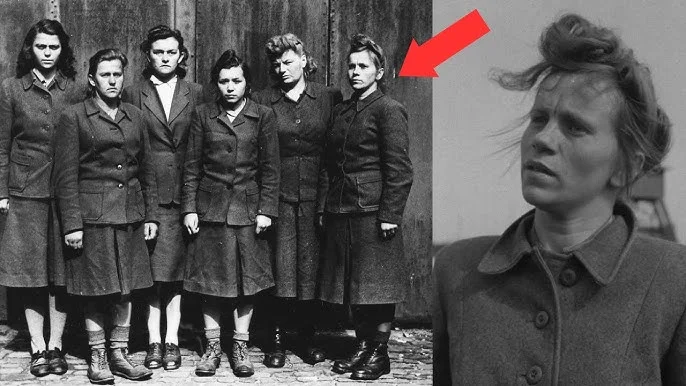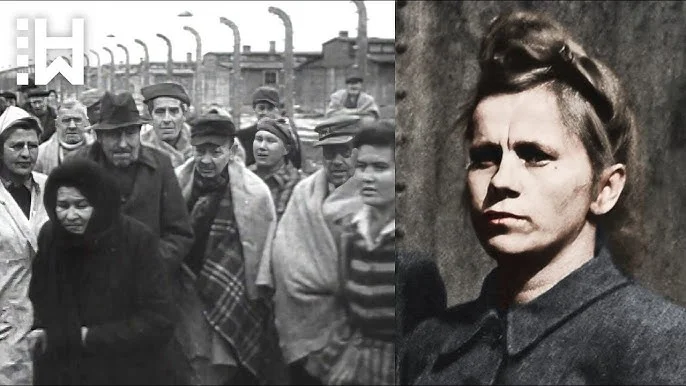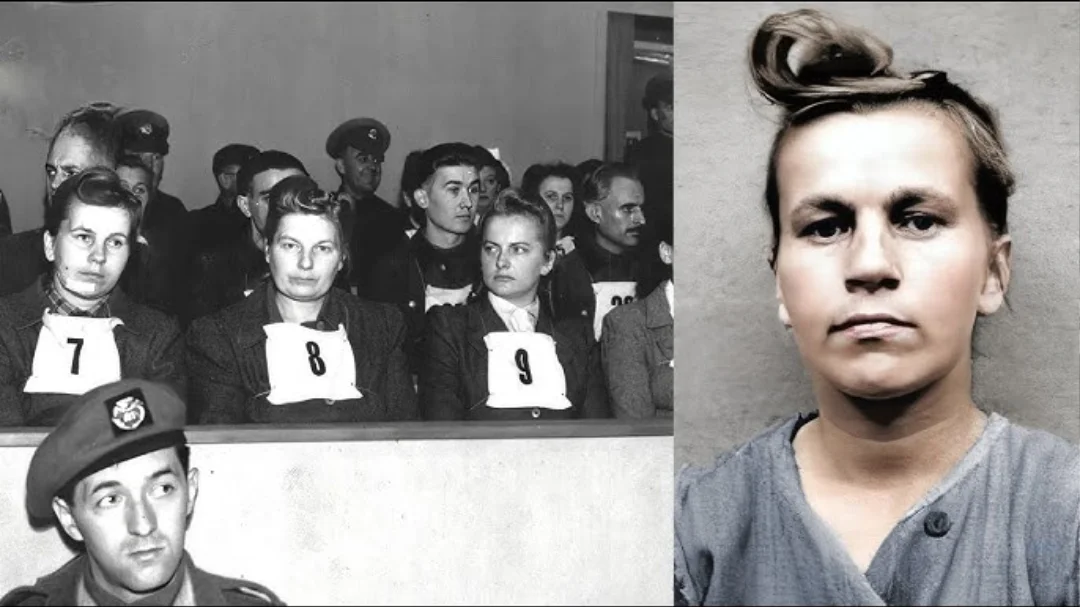Elisabeth Volkenrath (1919–1945) served as a guard in several Nazi concentration camps during World War II, including Ravensbrück, Auschwitz, and Bergen-Belsen. Her actions contributed to the suffering of prisoners, leading to her conviction at the Belsen Trial in 1945. Sentenced to death for war crimes, she was executed by hanging on December 13, 1945. This analysis, based on trial records and historical sources, provides an objective overview of her involvement in the camps and the legal proceedings, for educational purposes to understand accountability in the Holocaust era.

Early Life and Entry into the Camp System
Elisabeth Volkenrath was born on September 5, 1919. She began her service as a guard at Ravensbrück concentration camp in 1941, one of the primary camps for women prisoners. In March 1942, she was transferred to Auschwitz in occupied Poland, where she advanced to senior supervisor roles. Historical records from the Auschwitz Memorial indicate she participated in daily operations, including prisoner oversight.
Service at Auschwitz

At Auschwitz, Volkenrath held positions of authority, assisting in selections and camp administration. Survivor testimonies at post-war trials described her enforcing strict discipline. Conditions in Auschwitz were severe, with over 1.1 million prisoners detained between 1940 and 1945, and approximately 1 million deaths due to gas chambers, forced labor, starvation, and disease.
Transfer to Bergen-Belsen
In January 1945, as Soviet forces approached Auschwitz, Volkenrath was transferred to Bergen-Belsen, arriving on February 5. She served under commandant Josef Kramer until the camp’s liberation by British forces on April 15, 1945. Bergen-Belsen held over 60,000 prisoners at liberation, with around 13,000 deaths from typhus and starvation in the final months. Witnesses reported ongoing mistreatment, including beatings, even as the war ended.
Volkenrath was among those captured with Kramer and Johanna Bormann shortly after liberation.
The Belsen Trial

The Belsen Trial, held from September 17 to November 30, 1945, at Lüneburg, prosecuted 45 former staff members of Bergen-Belsen, Auschwitz, and other camps. Organized by British military authorities, it addressed war crimes such as mistreatment and killings.
Volkenrath faced charges of participating in selections for gas chambers at Auschwitz and abuses at Belsen. She denied using weapons beyond slaps, claiming limited involvement. However, over 100 witnesses, including survivors, provided evidence of her role in beatings and selections.
On November 17, 1945, the tribunal convicted her on multiple counts, sentencing her to death by hanging alongside 10 others, including Kramer and Irma Grese.
Execution
On December 13, 1945, Volkenrath, aged 26, was executed at Hamelin prison by British executioner Albert Pierrepoint. The hangings were carried out efficiently, marking one of the first post-war executions of Nazi personnel.
Elisabeth Volkenrath’s case was part of broader efforts to hold camp staff accountable after the Holocaust, which claimed six million Jewish lives and millions more. The Belsen Trial established precedents for prosecuting mid-level perpetrators based on survivor evidence. This historical account aims to inform about the legal process and camp conditions, encouraging study of reliable sources like the United States Holocaust Memorial Museum to honor victims and promote human rights.



